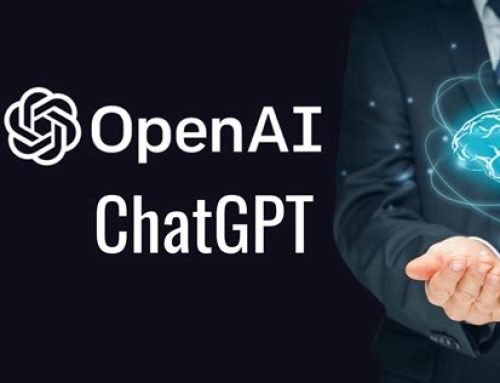Air pollution is health hazard number 1 in public space but you can hardly see it. In some regions of the world statistics show that air pollution kills up to 9x more people in town than car accidents. One of the psychological curiosities of the human being is that when we can´t see something it does not seem to exist. At least, it does not enter our awareness and the rational of decision making. And even if we see air pollution we still go out for a jog because we have no idea of the effects of the stuff on our organism. We perceive jogging as healthy but smog not necessarily as a killer, not even a discouragement to jog.
AiREAS first mission in Eindhoven was to `make visible the invisible` and make air quality part of our daily reality. The idea was to use the information for interpretation and stimulate civilian participation. We designed an innovative measurement system that shows us our exposure in nearly real time (every 10 minutes). Here you see a few visualizations:
A sudden peak on a windy and cloudy saterday got us to ponder about the origin of the pollution. It seems to come from traffic, starting at about 5am. On a saterday that raises eyebrows
Instand real time observation of the quality of the air with the Axians APP for mobile phones. The App became subject to studies of University students around persuasion
Special occasions such as the new year firework peak of air pollution which gets us to ask ourselves how we should celebrate our new year in the future
Helping civil services (s.a. fire brigade). Here we see the effects of a burning house. Our system detected the fire at 11 am showing also the dispersion of the smoke. 112 was only alarmed at 1pm through smoke detectors. It got us to ask ourselves what our responsibilities are now that we can see what we couldn´t before.
Since December 2013 we can see the invisible and notice since then a slow change in culture in town. People become more alert, start using the instruments to make daily decisions (for instance wheather to light the stove or not, go jogging, BBQ or pasta?), it is picked up education, the city council developed a `healthy city` policy under democratic pressure and recognizing the innovation chances, and new entrepreneurship develops.
In the past making the invisible visible for the public was seen politically as a threat for economic development. Now we have turned it around and show how it is an impuls for economic balancing of society (long term cost reduction on healthcare, reduce bureaucracy and related costs) and new economic impulses (productivity increase, local products and services development).



Leave A Comment